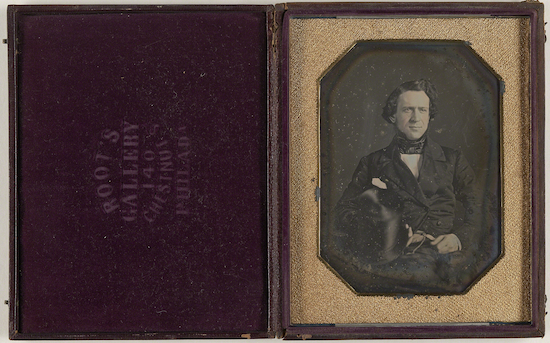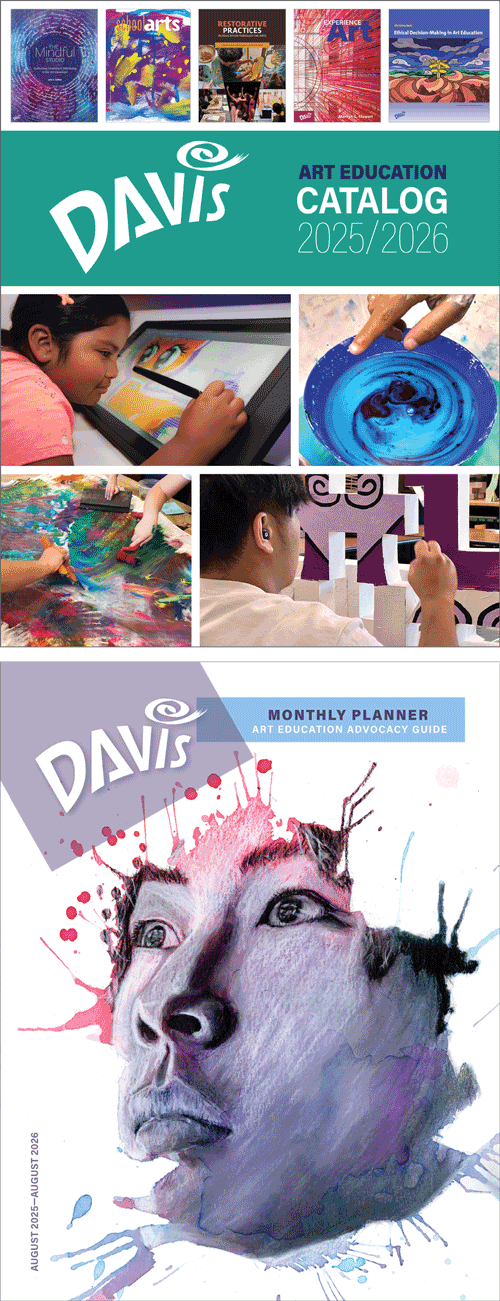Artist Birthday: Marcus Aurelius Root
Marcus Root was one of the first of a group of pioneer Daguerreotype photographers, among the first to open a portrait studio. He was an early advocate of photographers being considered artists.
Artist Birthday for 15 August: Marcus Aurelius Root (1808–1888, United States)
Marcus Root was a pioneer of Daguerrotypian portraiture in the early days of American photography.
 |
| Marcus Root, Portrait of a Man, ca. 1846. Daguerreotype half plate, hand colored, 15.2 x 11.8 x 1.5 cm. Image © 2025 Philadelphia Museum of Art. (PMA-8895) |
Marcus Root strove to raise the quality of Daguerreotype portraits and the public's appreciation of photography as fine art. He wrote a lot about the need to create a comfortable environment for sitters, recommending that Daguerreotype photographers fill their studios with paintings and books that would elevate their sitters' thoughts before sitting. This may account for the placid, self-assured faces of Roots customers, such as this dapper man. The only drawback to the Daguerreotype process is that it did not produce a negative from which a large number of copies of prints could be made. If a customer desired multiple images, the photographer had to take several shots. This portrait dates to Root's studio in Philadelphia at 140 Chestnut Street.
From its inception, photography was recognized as an ideal medium for portraits. Indeed, most of the photography done in the first three decades after photography was invented were portraits. By the mid-nineteenth century, miniatures, silhouettes and the camera lucida drawing and finally the photograph were available to serve the demand for portraits among the rising middle classes. Studios devoted strictly to portraits opened in all of the major cities of Europe, and in New York, Boston and Washington, DC. One of the earliest types of portraiture was straight portraiture, a simple, straightforward record of the sitter.
The Daguerreotype was by far the more popular photographic medium in the early days of portraiture. The Daguerreotype was a French process introduced to the United States in 1839. Within three years it was wildly popular in the United States. The Daguerreotype produced a one-of-a-kind image that developed on a highly polished silver-coated copper plate. The image produced was a positive. Because the metal plate was delicate, subject to damage from fingerprints or moisture, it was usually mounted in a case under glass often in a leather or velvet bound cover. Mounting a portrait likeness in a special case to protect it harkens back to the miniature or silhouette that were treated in a similar fashion. By the late 1840s, American photographers were using smaller plates that had cut the exposure time from ten or twenty minutes down to 65 seconds.
Marcus Root was born in Granville, Ohio. He initially studied painting and taught penmanship and drawing. Around 1843 he learned the Daguerreotype process in Philadelphia. In 1844 he became a partner in Daguerreotype studios in Mobile, Alabama and New Orleans. Later he became partner in a Saint Louis studio, and ultimately one in Philadelphia in 1846. He also established a studio in New York with his brother in 1849 that lasted until 1857. Root exhibited his Daguerreotypes widely, including in Europe. After a railroad accident he turned to writing extensively about photography history and aesthetics. In 1856 he produced a book about the history of photography called The Camera and the Pencil.

Comments